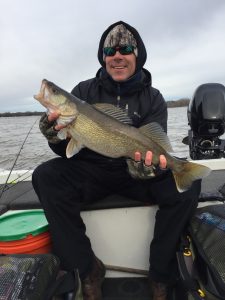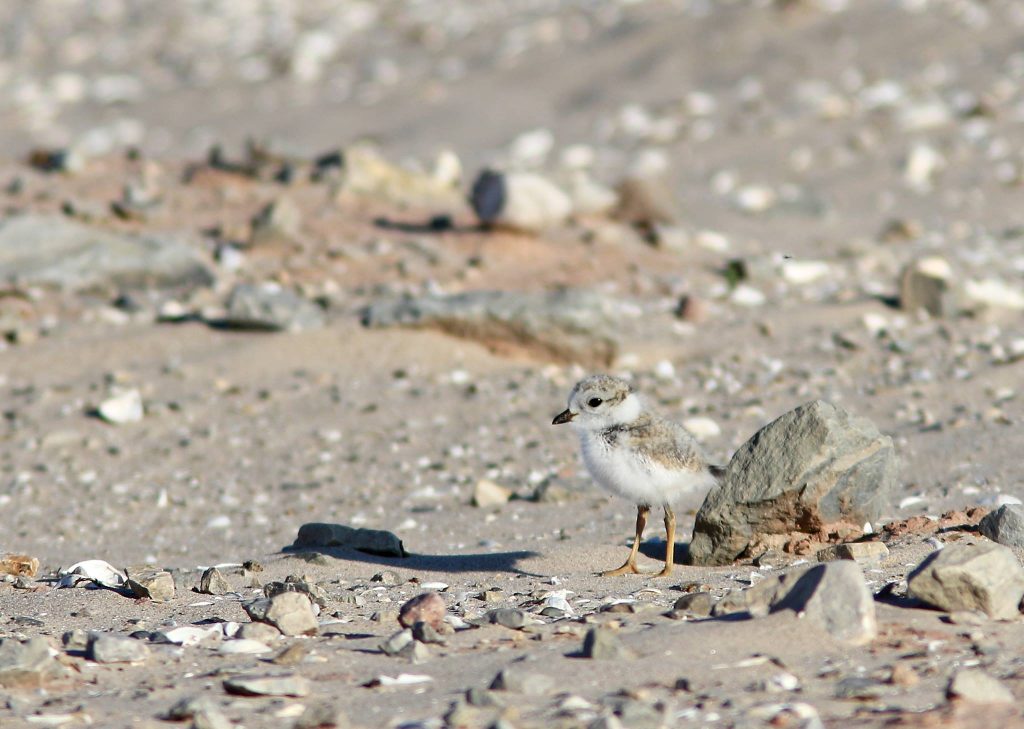In 2012, the Wisconsin Department of Natural Resources (WDNR), the Oneida Tribe of Indians of Wisconsin, and the US Environmental Protection Agency (EPA) worked together to establish a Total Maximum Daily Load and Watershed Management Plan for the Lower Fox River Basin and Lower Green Bay.

Total Maximum Daily Load (TMDL):
Determines the maximum amount of a pollutant that a waterbody can receive and still meet the water quality requirements set by the Clean Water Act. The Lower Fox River TMDL focuses on waters impaired by two major pollutants: Total Phosphorus (TP) and Total Suspended Solids (TSS)
Restoration Goals:
- Reduce excess algae blooms:
- Improve the river’s health and beauty
- Improve the safety for recreational users of the river and bay
- Increase light penetration into deeper depths of the bay
- Increase water clarity of Lower Green Bay:
- Improve plants’ ability to survive at deeper depths by making food through photosynthesis
- Improve conditions for recreational activities like fishing, boating, and swimming
- Increase dissolved oxygen levels:
- Better support plants and animals living in the river and bay
- Restore degraded habitat:
- Support a healthy place for plants and animals to live and grow




